For years, inclusion was treated like a marketing layer. Something added to a pitch deck to please stakeholders. A tab on a landing page. A sentiment. But the companies that actually reach the next billion users do not treat inclusion as a feature. They design for it from the start.
Inclusion is not charity. It is precision. It requires infrastructure that works in low-trust environments. On unstable connections. Without traditional IDs. Without assuming financial literacy or access to credit.
If your product breaks in the absence of stable connectivity or formal institutions, it was never inclusive, it was conditional. And conditional systems do not scale across the world. They plateau.
Some of the best fintech and infrastructure companies I have seen understand this. They optimize for resilience instead of elegance. They build for device-sharing households. They design onboarding without documents. They make interfaces where small friction points are not bugs, they are deal-breakers.
Designing for inclusion is not about limiting ambition. It is about expanding precision. It forces clarity on use cases. It forces you to define value in the simplest possible terms.
As someone investing across Latin America and emerging markets, I see this daily. The founders who get it are not the ones with the most technical sophistication. They are the ones who see their user as more than a persona. They see them as real, with volatility, fatigue, and urgency.
The next billion users will not be onboarded through slogans. They will be onboarded through systems that meet them where they already are, and make no assumptions about who they are supposed to be.







